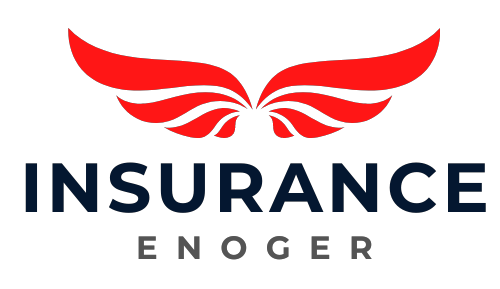Figuring out when to retire is a tough decision. Retire too late, and you may not have the energy to enjoy your golden years. But if you do it too early, you could end up in financial trouble. So before making a decision, here’s a retirement planning checklist you can use:
1. Evaluate your assets.
Whether you’re in your 30s or 50s, you need to figure out where you stand financially. Evaluate your assets right now. Write down every property, income stream and insurance policy you have. See how much you can save from today until your last working day to ensure a secure financial future. While you’re at it, you may have to explore building your investment portfolio. You may want to set up an SMSF to have more control over your retirement fund & investments.
The same goes for your debts and liabilities. Find out how you can manage them while saving up for retirement. You may want to minimise your liabilities before retirement. After all, you won’t be getting a comfortable paycheck once you retire. If possible, hire a financial advisor to help evaluate your assets and debts. That way, you can plan your retirement accordingly.
2. Find out how much you need.
Before you can retire, you have to decide where & how you want to retire—and how much you need to achieve that lifestyle. With such information in mind, you can create a plan on how you want to manage your current cash flow and save enough for your desired lifestyle. Make sure to be realistic with your plans. That will help you adjust your saving strategy properly.
3. Eliminate debts.
Your retirement checklist should include eliminating debts. You won’t want fixed monthly payments to take up a larger share of your expenses during your retirement years.

You can approach your debts in two ways. The first option is to tackle debts with the smallest balance first. Or you can choose to prioritise debts with the highest interest rates. If possible, start with your highest-interest-rate debts first. These include credit card balances, personal loans and car loans. Don’t just pay the monthly minimum. Make a dent by putting as much money into settling priority debts without failing to make the minimum payments on other debts.
And no matter your debt repayment strategy, the most crucial thing is sticking with it. Write it on a calendar, and make sure to track your progress. Every time you successfully pay off a debt, consider giving yourself a small reward, as it can help you stay motivated with your plan.
4. Get proper health insurance.
Healthcare is one of the largest expenses you will face in retirement. So you must have proper health insurance, especially if you want to retire early. When selecting a health insurance policy, explore the terms and conditions of the coverage. Be certain that your insurance won’t lapse when you need it most. Then, factor the premiums into your monthly budget to ensure you have access to healthcare even when you’re no longer working.
5. Do estate planning.
Death is inevitable, and no one likes to think about it, but as you get older and closer to retirement, you also get closer to end-of-life. So your retirement checklist isn’t complete without estate planning. It will help ensure your family won’t face any financial burden after you pass away and that your assets will be distributed according to your wishes.
Estate planning includes creating a Will. You may also have to assign a power of attorney to make crucial decisions on your behalf should you become ill or incapacitated. If applicable, you need to establish guardians for your living dependents. You may even have to appoint beneficiaries on your life insurance plans and retirement accounts.
Ensure all legal documents related to your estate planning are properly notarised and stored somewhere safe. And after you’ve created your plan, make sure to review it at least every five years or every time you experience a life-changing event—and adjust it accordingly.
Prepare for your retirement as early as now.
It’s best to hire a financial advisor to guide you through your retirement planning checklist. And if you need health or life insurance to prepare better for you and your family’s future, we’re here to help. Don’t hesitate to get in touch with us today.





